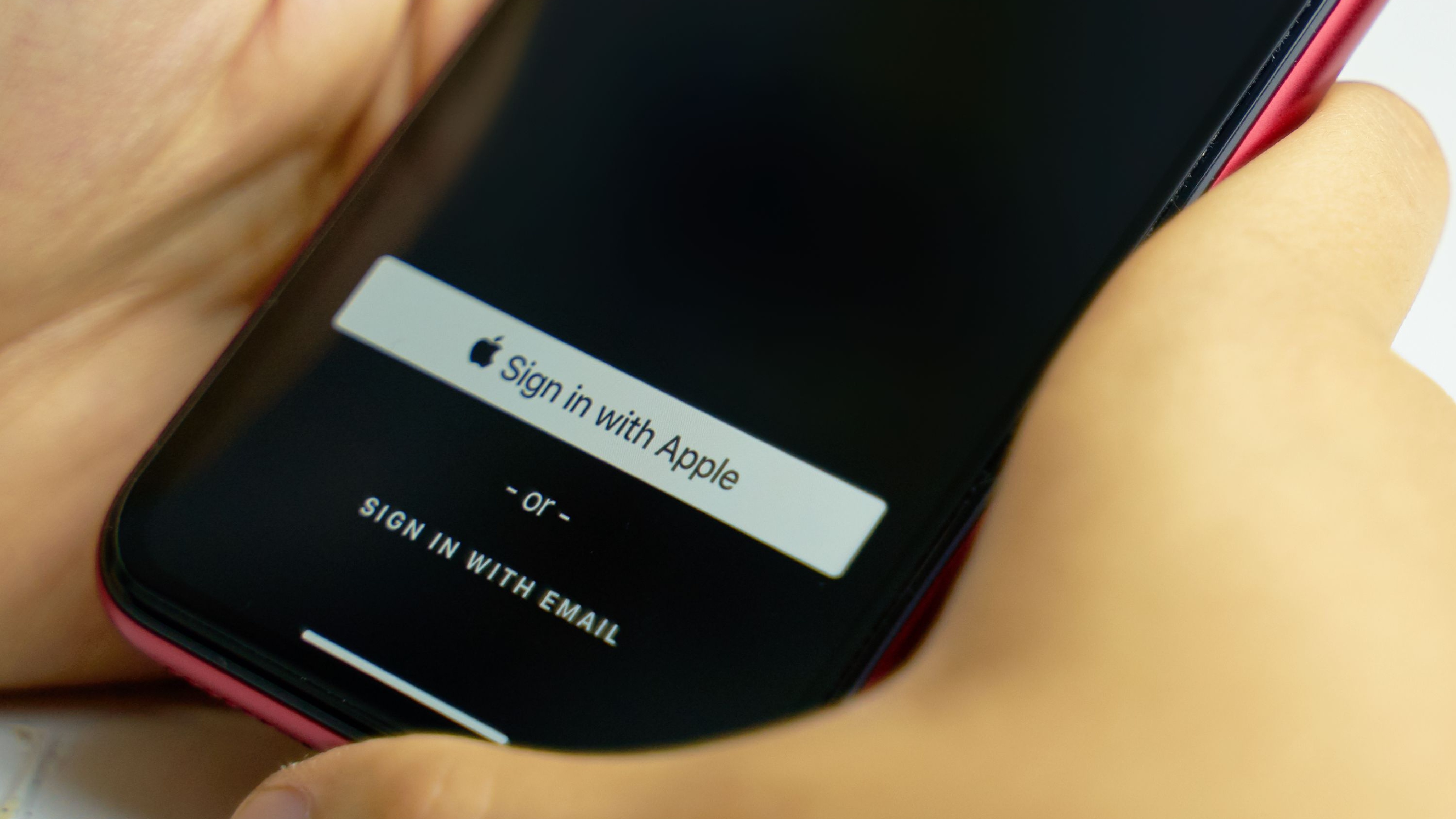
In an age where our lives are intertwined with digital communication, secure email has become a paramount concern for individuals and businesses. Email, one of the oldest forms of digital communication, is also one of the most vulnerable to attack. To understand how secure email works, we must investigate the mechanisms and technologies safeguarding our digital correspondence from prying eyes.
Here’s a look at the many differences between free and paid secure email systems.
Security features

Free secure email providers offer basic encryption, making them suitable for everyday personal use. This usually involves encrypting messages while they are being transmitted, ensuring they cannot be easily intercepted from sender to recipient. Some providers encrypt messages when stored on their servers, providing extra protection against unauthorized access.
On the other hand, paid email services often enhance security by incorporating end-to-end encryption. This means that only the sender and recipient can read the emails, as the content is encrypted during transmission and stored. Such services employ a zero-knowledge architecture, ensuring that the service providers themselves cannot access the user's data. This approach significantly enhances privacy, particularly for sensitive information, as the intercepted data would remain unreadable even if the servers were compromised.
Additionally, many paid providers offer advanced security features that further strengthen protection. Two-factor authentication (2FA) adds an extra layer of security by requiring a password and a second form of identification, such as a code sent to a mobile device. Compatibility with hardware security keys, which provide physical authentication, is another feature that appeals to users seeking robust protection against unauthorized access.
Reliability and uptime

Paid secure email services generally promise a higher uptime compared to free services. Uptime refers to when a service is operational and accessible to users, and it is crucial for businesses and professionals for whom email is a critical means of communication. For example, a high uptime percentage, often around 99.9%, ensures that emails can be sent and received without interruption, essential for meeting deadlines, maintaining client relationships, and ensuring smooth business operations.
While free services are reliable and popular among individual users, they may not always be able to guarantee the same level of operational reliability and fast customer support that a paid service offers. Paid services typically have dedicated support teams to assist users with issues, often providing quicker response times and more personalized service. Additionally, the infrastructure supporting paid email services is usually more robust, with advanced security measures to protect sensitive data—which is increasingly essential in today’s digital landscape where cyber threats are prevalent.
Customer support and Service Level Agreements (SLAs)

Customer support is another area where paid and free services often differ significantly. With a paid secure email service, you are more likely to receive priority support, which usually comes with a guaranteed response time – sometimes as quick as a few hours. This level of service can be crucial for businesses that rely on email communications for day-to-day operations. Some providers may even offer 24/7 support, ensuring issues can be addressed immediately, regardless of time zones or business hours.
In addition to priority response times, paid services often provide multiple support channels, including live chat, phone support, and direct email assistance. This versatility allows users to resolve issues in the manner that is most convenient for them. Furthermore, these paid services may have a team of dedicated professionals who are highly trained and familiar with the nuances of the platform, offering more in-depth help when technical problems arise.
Free services typically have limited customer support options. Users may have to rely on FAQs, community forums, and self-help resources, which can be time-consuming and frustrating, especially for complex issues. The lack of direct assistance can lead to longer resolution times and may leave users feeling unsupported during critical moments. In many cases, responses to inquiries sent via email or support tickets can take days if they are answered. This disparity highlights the value-added aspect of investing in a paid service, especially for those prioritizing reliable customer support.
Storage and functionality

When it comes to storage, free secure email accounts usually have a cap on the amount of data you can store, often ranging from 2GB to 15GB. This limited space can quickly become an issue for users who receive many emails, especially those with large attachments. In contrast, paid accounts often offer significantly more space, with options that can go as high as 50GB, 100GB, or unlimited storage, allowing users to maintain large volumes of emails and attachments without worrying about hitting storage limits.
In addition to the increased storage capacity, paid services typically provide more sophisticated email management features. For instance, advanced search capabilities allow users to quickly filter through their inbox by various criteria, such as date, sender, or keywords. This makes finding specific emails or attachments much more accessible, especially in a cluttered inbox.
Custom domain support is another benefit of opting for a paid email service. This feature allows users to have email addresses that align with their personal or business branding (e.g., name@yourdomain.com), which can increase professionalism in communications.
Moreover, paid services often come with a broader range of integrations with third-party applications. These can include project management tools, customer relationship management (CRM) systems, and cloud storage options, facilitating a more seamless workflow. Features like shared inboxes, collaborative tools, and enhanced security measures—such as advanced spam filtering and encryption—further make a compelling case for upgrading to a paid service. While free accounts can suffice for casual users, those with greater demands may find that investing in a paid email service significantly enhances their productivity and email management experience.
Privacy policies

While both free and paid secure email services prioritize privacy, their contrasting revenue models result in different approaches to user data. Free services often rely on ads or indirect monetization strategies, meaning that user data might be employed in non-invasive ways. For instance, this could include analyzing user behavior to deliver targeted advertisements that align with their interests or utilizing aggregated data trends to innovate and enhance product offerings.
On the other hand, paid services operate primarily on a subscription basis, which typically allows them to forego advertisements entirely. With a more substantial commitment to user privacy, these providers are generally more transparent about their data handling practices and often have strict policies to prevent data monetization. Their business model aligns their interests directly with the needs of their users—prioritizing security and privacy without the need to harvest data for revenue generation. Moreover, paid services often invest more heavily in encryption and advanced security features, making them a viable option for users seeking robust protection against data breaches and surveillance.
Longevity and trust

Paid services can provide users with a greater sense of confidence regarding the long-term viability of their email service provider. When a company generates revenue through subscriptions, it often has more resources to invest in infrastructure, security, and customer support. This financial backing enables them to hire skilled developers and security experts essential for implementing the latest security protocols and regularly updating their systems.
Moreover, investing financially in a secure email service can indicate that the provider is committed to maintaining and improving its offerings over time. These providers will likely be vested in enhancing user experience and ensuring data privacy—which is essential for users who value security. A solid financial foundation also allows for ongoing research and development, which is crucial in an environment where cyber threats constantly evolve.
Additionally, a reputable paid service is more likely to have the means to foster a strong brand reputation through effective marketing, customer outreach, and robust feedback mechanisms. This can lead to better user engagement and trust as consumers see providers actively working to address concerns and promote transparency in their practices.
Conclusion
Choosing between a free or paid secure email service depends largely on one’s personal or organizational needs, and there are several factors to consider when making this decision. For casual, personal use, a free secure email provider may very well suffice, offering basic encryption and adequate protection against common threats. These services typically provide essential features that meet the needs of individual users who may not require high-level security or extensive customer support.
However, for individuals and businesses that operate in sensitive sectors, such as finance, healthcare, or legal services, the stakes are much higher. In these cases, opting for a paid secure email service is a wise decision. Paid services often offer enhanced features such as end-to-end encryption, customizable security settings, advanced spam filtering, and integrated file sharing capabilities. These features ensure that all communications are protected from potential interception.
Moreover, when it comes to customer support, paid services usually provide a higher level of service, including dedicated support teams that can assist with technical issues promptly. This can be crucial for organizations that rely on timely and secure communication with clients and stakeholders.
As cyber threats evolve, the importance of secure communication cannot be overstated. Data breaches can lead to financial losses, reputational damage, and legal repercussions, making it vital to prioritize strong security measures. Investing in a paid secure email service can help mitigate these risks by providing regular updates, compliance with industry standards, and the development of advanced security protocols.







